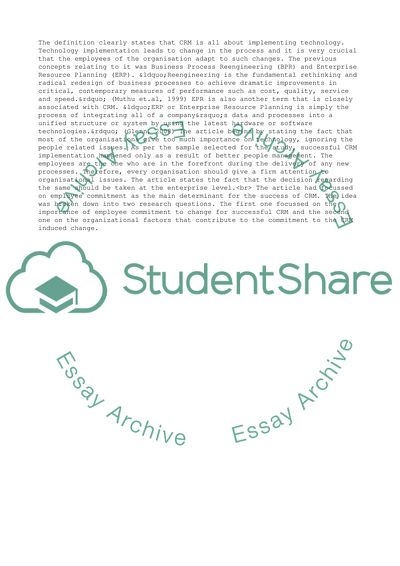Cite this document
(Employees Affective Commitment to Change Assignment, n.d.)
Employees Affective Commitment to Change Assignment. Retrieved from https://studentshare.org/management/1740830-employees-affective-commitment-to-change-the-key-to-successful-crm-implementation
Employees Affective Commitment to Change Assignment. Retrieved from https://studentshare.org/management/1740830-employees-affective-commitment-to-change-the-key-to-successful-crm-implementation
(Employees Affective Commitment to Change Assignment)
Employees Affective Commitment to Change Assignment. https://studentshare.org/management/1740830-employees-affective-commitment-to-change-the-key-to-successful-crm-implementation.
Employees Affective Commitment to Change Assignment. https://studentshare.org/management/1740830-employees-affective-commitment-to-change-the-key-to-successful-crm-implementation.
“Employees Affective Commitment to Change Assignment”, n.d. https://studentshare.org/management/1740830-employees-affective-commitment-to-change-the-key-to-successful-crm-implementation.


